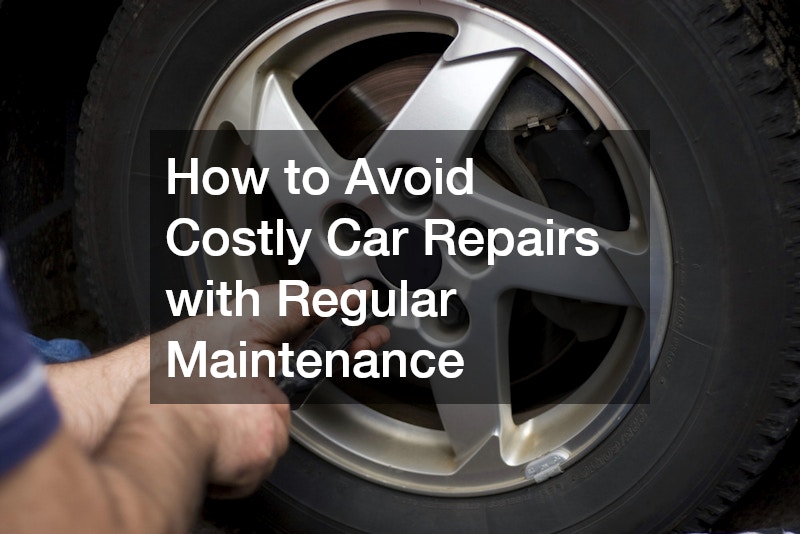When your vehicle suffers damage from a collision, weather event, or a minor scrape in a parking lot, one of the first questions that comes to mind is, “How long will the repair take?” Understanding the timeline for auto body repair can help reduce stress and allow you to make arrangements for transportation, insurance, and work. While the time frame can vary depending on several factors, there are common stages and timelines most shops follow.
Factors That Affect Repair Time
The duration of an auto body repair job depends on a combination of factors. First and foremost is the extent of the damage.
Minor dents or scratches may only take a day or two to fix, while significant frame damage or replacement of multiple body panels could stretch into several weeks. The more severe the damage, the longer it will take to dismantle, assess, order parts, repair, and reassemble the vehicle.
Another major factor is parts availability. If your repair requires a specific part that is backordered or needs to be shipped from a manufacturer across the country (or overseas), your vehicle may sit in the shop longer than expected. Delays in shipping or supplier issues can extend the repair timeline by days or even weeks.
Insurance company approval is also a time-dependent element. Before work begins, the repair shop may need approval from the insurer based on the damage assessment. If there are disputes or delays in adjuster inspections or claim processing, it can impact how soon the work begins and how long it ultimately takes.
Lastly, shop workload and staffing can influence turnaround time. A busy shop might have a backlog of cars awaiting service, or it may be short-staffed due to labor shortages, holidays, or unexpected issues.
General Timeline for Common Repairs
For smaller jobs, such as paint touch-ups, buffing out scratches, or repairing a small dent, you can expect the work to take 1 to 3 days. These jobs require minimal disassembly and no extensive parts replacement, so they’re quicker to complete.
Moderate damage, such as a damaged bumper, cracked fender, or side panel repair, generally takes 3 to 5 days. These jobs often require more precise paint matching and possibly part replacements, which adds to the timeline.
When dealing with more extensive repairs—for instance, frame straightening, multiple panel replacements, or significant structural damage—the process may take 1 to 2 weeks or more. Vehicles with advanced safety systems or newer technology may also need recalibration post-repair, adding time to the job.
In some situations, particularly after a major accident, your vehicle might be in the shop for 3 weeks or longer. These cases involve tear-down inspections, ordering several parts, and coordination with insurance and potentially law enforcement (for documented crashes). Quality control and post-repair inspections may also extend the timeline to ensure the vehicle is roadworthy.
The Process of Auto Body Repair
Knowing the repair process can also provide clarity on where the time goes. Typically, it involves the following steps:
-
Damage assessment – The shop inspects the vehicle and creates an estimate.
-
Insurance approval – The insurer must agree to the cost before work begins.
-
Disassembly – The team removes damaged parts to assess hidden damage.
-
Ordering parts – Parts are ordered as needed.
-
Structural repairs – If required, frame or structural work is completed.
-
Body repairs – Panels are fixed or replaced and prepped for paint.
-
Paint – Matching and painting are done in a controlled environment.
-
Reassembly – All parts are put back together.
-
Quality check – The car undergoes a final inspection and cleaning.
Each step is important, and cutting corners can compromise your vehicle’s safety and appearance.
How to Minimize Repair Time
While you can’t control every variable, there are ways to help speed up your auto body repair. First, select a trusted and well-reviewed body shop with a reputation for timeliness and communication. Ask questions about their typical turnaround time and how they handle parts ordering and insurance coordination.
Next, report the damage to your insurance company promptly, and be responsive to any paperwork or requests they send. Delays in documentation often lead to delays in repair.
Lastly, stay in communication with the repair shop. Many shops offer online tracking or text updates to keep you informed of progress. Knowing what stage your vehicle is in helps set realistic expectations.
Auto body repair can take anywhere from a single day to several weeks, depending on the severity of the damage, parts availability, and other logistical elements. While waiting can be frustrating, high-quality repair work is worth the time to ensure your vehicle is safe, functional, and restored to its pre-accident condition. Whether your car has suffered a minor dent or needs major collision repair, working with a professional team will help you get back on the road as quickly and safely as possible.
.







